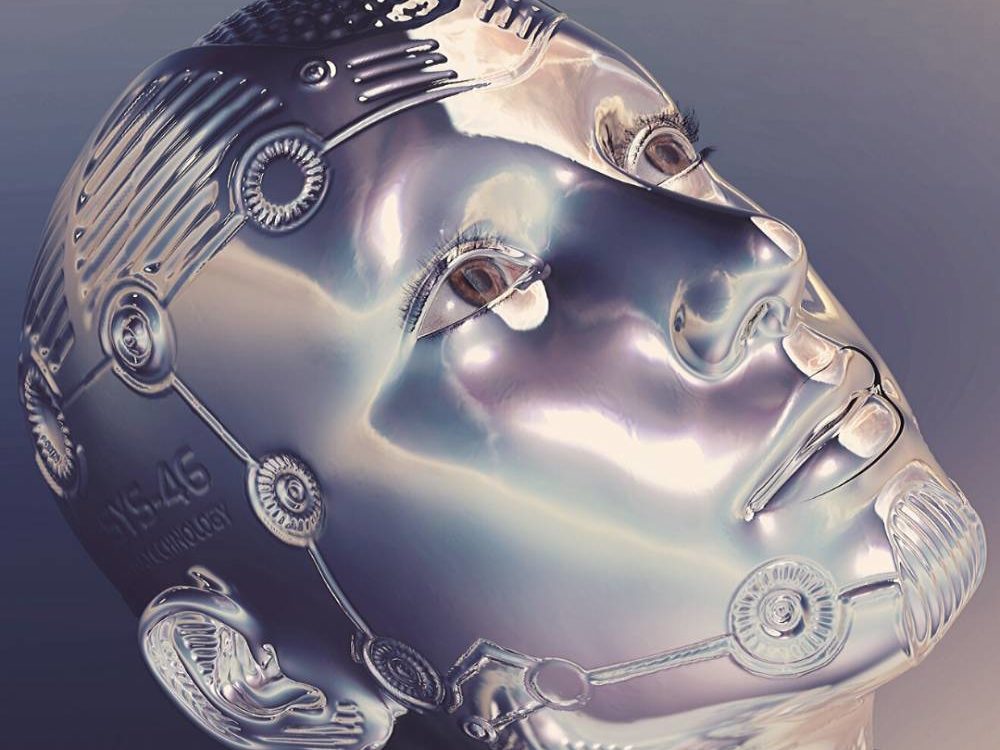- +352 444 222
- Monday-Friday 12:00-18:00
- 20, avenue Marie-Thérèse, 2132 Luxembourg


The Corruption Perceptions Index (CPI)1)Composite index that measures perceptions of public sector corruption perceived in public administrations and the political class in 180 countries and territories around the world. 2019 by Transparency International ranks France 23rd out of 180 countries. With a score of 69 in the IPC2)https://www.transparency.org/cpi2019, on a scale of 0 to 100, where states close to 0 are perceived as very corrupt, while those closer to 100 are perceived as less corrupt, France ranks in the middle of European countries. While in recent years it has begun to implement far-reaching anti-corruption measures such as the Transparency Acts of 2013 and the Sapin 2 Act of December 9, 2016, “gray areas”3)Fifth Round Evaluation Report on France in relation to corruption, Group of States against Corruption (GRECO), Council of Europe, adopted December 6, 2019. in the fight against corruption remain. A new political impetus is therefore essential to make progress in the fight against this scourge.
A turning point in this battle could then come from the use of new technologies, notably artificial intelligence, destined to play a major role in the near future. Artificial intelligence (AI) is defined as the intelligence demonstrated by machines, as opposed to the natural intelligence demonstrated by humans and animals. It is often programmed to mimic human decision-making processes without error or bias. So the question is: can artificial intelligence help in the fight against corruption?
The use of AI technology as an anti-corruption tool is not entirely new. The Singapore government has been testing AI to identify public procurement fraud through analysis of financial data, contract applications, tender approvals, names of government employees, suppliers and their family members4)https://www.channelnewsasia.com/news/singapore/singapore-double-artificial-intelligence-efforts-balakrishnan-11298028. Since 2012, China has been using an Artificial Intelligence, “Zero Trust” capable, thanks to the analysis of bank data, property registers and even satellite data, of identifying signs of corruption at the institutional level5)https://futurism.com/the-byte/china-ai-corruption. The system can therefore immediately detect indicators of corrupt practices.
At a time when data is the new “black gold”, artificial intelligence has the ability to analyze vast quantities of data from a variety of sources, and identify suspicious activity, all at a speed and complexity that no human can match.
Detecting suspicious activity is one of the most significant advantages in the fight against corruption. Indeed, AI can analyze accounting records, travel expense reports, expenses, receipts and invoices, e-mails, phone calls and SMS messages.
A monitoring tool based on machine learning6)Machine learning consists in providing the system with a mass of data, previously explained to it by Man, on the basis of which the AI will make its own deductions, refined as it “learns” from its mistakes. receives basic information and learns to recognize acceptable and appropriate transaction patterns, then has the ability to identify transactions that do not fit this pattern, that are not part of normal business flow and that may be abnormal, such as late or duplicate payments, falsified invoices and other suspicious transactions.
Implementing this type of tool can therefore help compliance officers to identify and limit corruption risks in real time and on an ongoing basis.
AI can a priori detect patterns that suggest the possibility of corrupt behavior.
Another approach to detecting corruption is to integrate predictive analytics. Predictive algorithms can be used to analyze historical data and automatically create predictive rules to complement those created manually. Thus, according to a study7)López-Iturriaga, F. J., and Sanz, I. P. 2018. Predicting Public Corruption with Neural Networks: An Analysis of Spanish Provinces. Social Indicators Research 140 (3):975-98 carried out by the Higher School of Economics (HSE) and the University of Valladolid in Spain, published in 2017, it is possible to predict the propensity for corruption at provincial and municipal level through the analysis of causal links between certain elements and the appearance of cases of corruption such as the long duration of a political mandate, the increase in property prices, economic growth…
This prediction would help governments to target their efforts, concentrating on stricter controls in these particularly high-risk areas. More importantly, AI systems can help governments identify loopholes in the national or regional regulatory framework (When a variable identified by the AI system does not respond as expected to changes in another variable, the AI system can send an alert).
Such a system would help states to tackle corruption by giving them the tools to act before it takes hold.
Technological innovations in artificial intelligence are therefore an important vector for societal development, and can make a significant contribution to the fight against corruption. However, like all advances, its impact raises major issues.
First of all, knowing how easily computer programmers can modify search algorithms to direct individuals to one content rather than another, or gather information from individual profiles on social networks, it’s obvious that people with evil intentions are very interested in how to use these algorithms to their advantage.
Companies therefore need to be aware of their obligation to have robust information security programs in place to ensure that data traffic is protected from attack. They must also put in place measures to detect intrusion attempts, so that action can be taken immediately and appropriate modifications made.
Secondly, AI-based decisions can raise issues of transparency. Indeed, sometimes the algorithms behind the decisions made by AI can be so complicated that the creators are unable to explain the reasoning behind the results. This is what is known as the “black box effect”, and many methods are being studied to solve it.8)In 2018, the American company IBM developed a software solution to help the user understand how the Artificial Intelligence model arrived at a decision in real time using clear terms. https://www.ibm.com/blogs/watson/2018/09/trust-transparency-ai/. This is particularly true of Artificial Intelligence, “Zero Trust”, which when it pointed to a corrupted operation could not explain the process by which it had reached such a conclusion. These concerns must be taken into account when designing or promoting AI technology in sensitive areas such as anti-corruption.
Finally, although AI takes over on certain subjects and reduces the need to perform certain tasks, humans are still needed to steer AI in the right direction and to supervise the information received. If the algorithms are faulty, bad decisions can be made or important elements can be missed.
If the fight against corruption is to benefit from the full potential of artificial intelligence, certain safeguards must be put in place to prevent any misuse.
Despite these promises, questions persist about how to manage these algorithms, our ability to challenge these automated decisions, and the responsibility that arises when machines make these decisions. The” right to be forgotten” the right to privacy and the right to explicability9)Right arising from Article 22 of the General Regulation on the Protection of Personal Data (RGPD) remain thorny issues.
AI is the subject of much international discussion. For example, the World Bank is working with Microsoft to develop a machine-learning tool that detects anomalies in public procurement by combining tender data with beneficial ownership information. The results are still to come, proving that this is a very topical issue.10)https://blogs.worldbank.org/governance/can-artificial-intelligence-stop-corruption-its-tracks
[+]
| ↑1 | Composite index that measures perceptions of public sector corruption perceived in public administrations and the political class in 180 countries and territories around the world. |
|---|---|
| ↑2 | https://www.transparency.org/cpi2019 |
| ↑3 | Fifth Round Evaluation Report on France in relation to corruption, Group of States against Corruption (GRECO), Council of Europe, adopted December 6, 2019. |
| ↑4 | https://www.channelnewsasia.com/news/singapore/singapore-double-artificial-intelligence-efforts-balakrishnan-11298028 |
| ↑5 | https://futurism.com/the-byte/china-ai-corruption |
| ↑6 | Machine learning consists in providing the system with a mass of data, previously explained to it by Man, on the basis of which the AI will make its own deductions, refined as it “learns” from its mistakes. |
| ↑7 | López-Iturriaga, F. J., and Sanz, I. P. 2018. Predicting Public Corruption with Neural Networks: An Analysis of Spanish Provinces. Social Indicators Research 140 (3):975-98 |
| ↑8 | In 2018, the American company IBM developed a software solution to help the user understand how the Artificial Intelligence model arrived at a decision in real time using clear terms. https://www.ibm.com/blogs/watson/2018/09/trust-transparency-ai/ |
| ↑9 | Right arising from Article 22 of the General Regulation on the Protection of Personal Data (RGPD) |
| ↑10 | https://blogs.worldbank.org/governance/can-artificial-intelligence-stop-corruption-its-tracks |
Dear users, on 15/06/2022 Internet Explorer will be retiring. To avoid any malfunctioning, we invite you to install another browser, such as Google Chrome, by clicking here, or the one of your choice.
Please check this before contacting us in the event of a problem.
